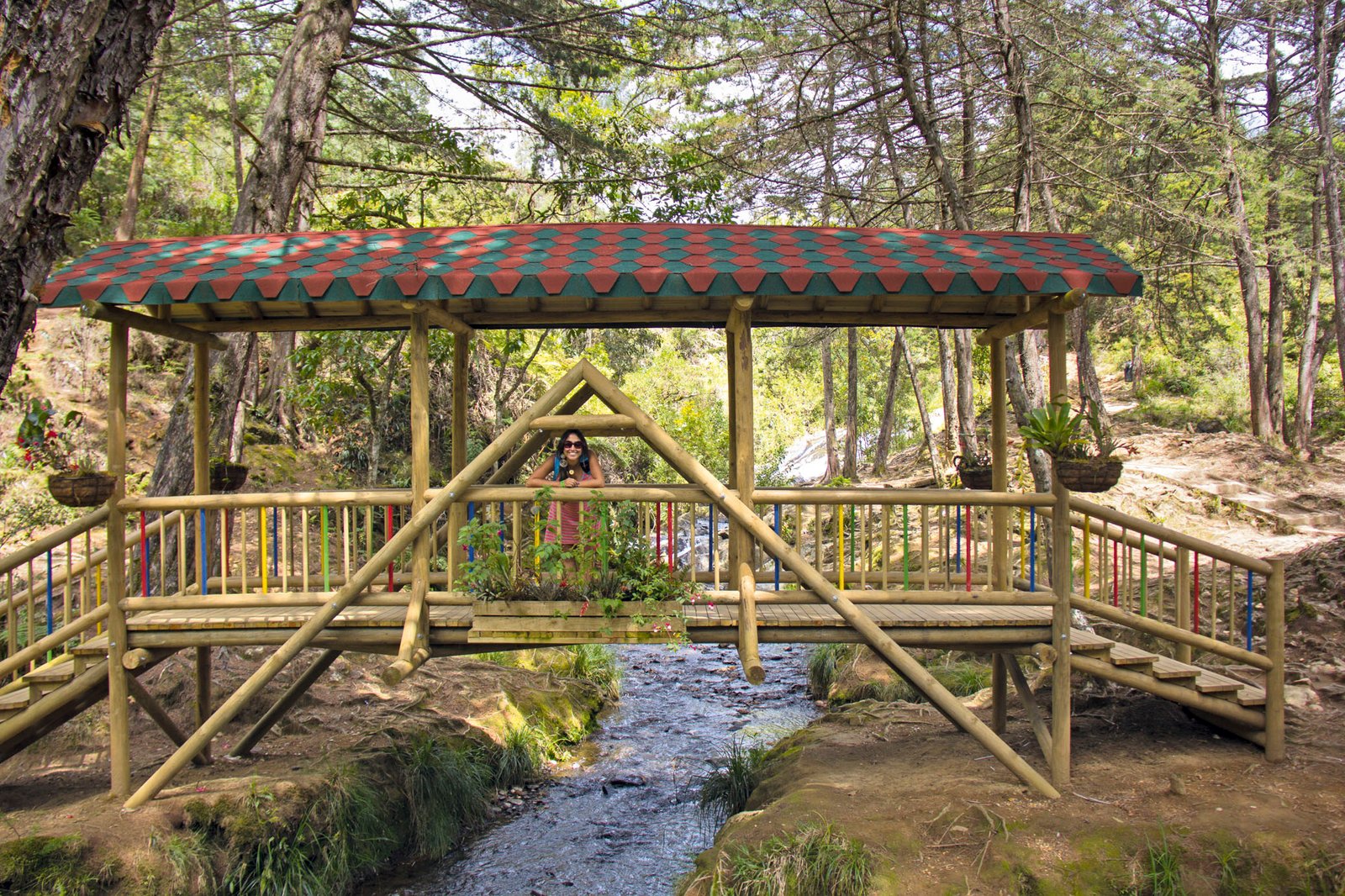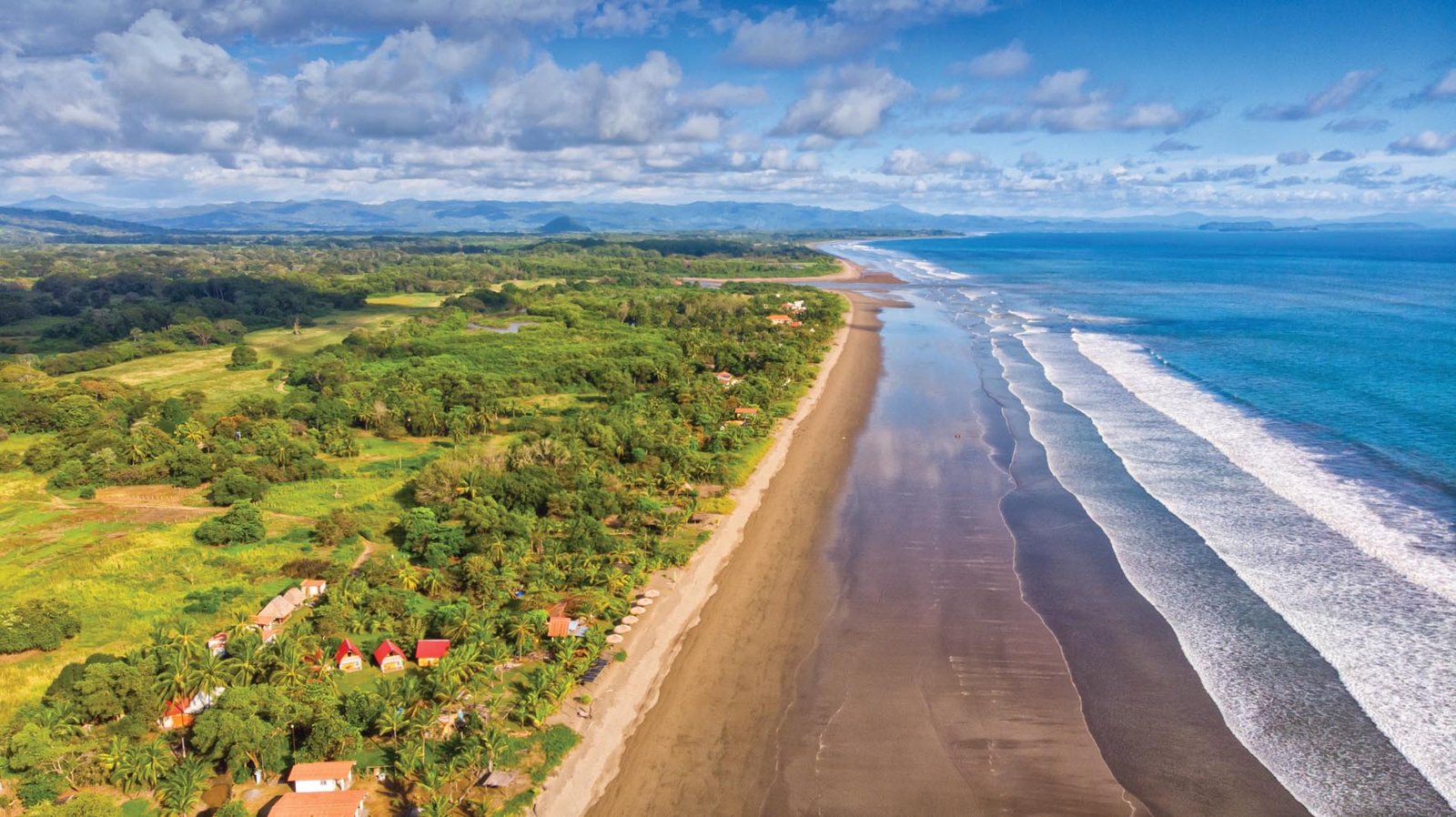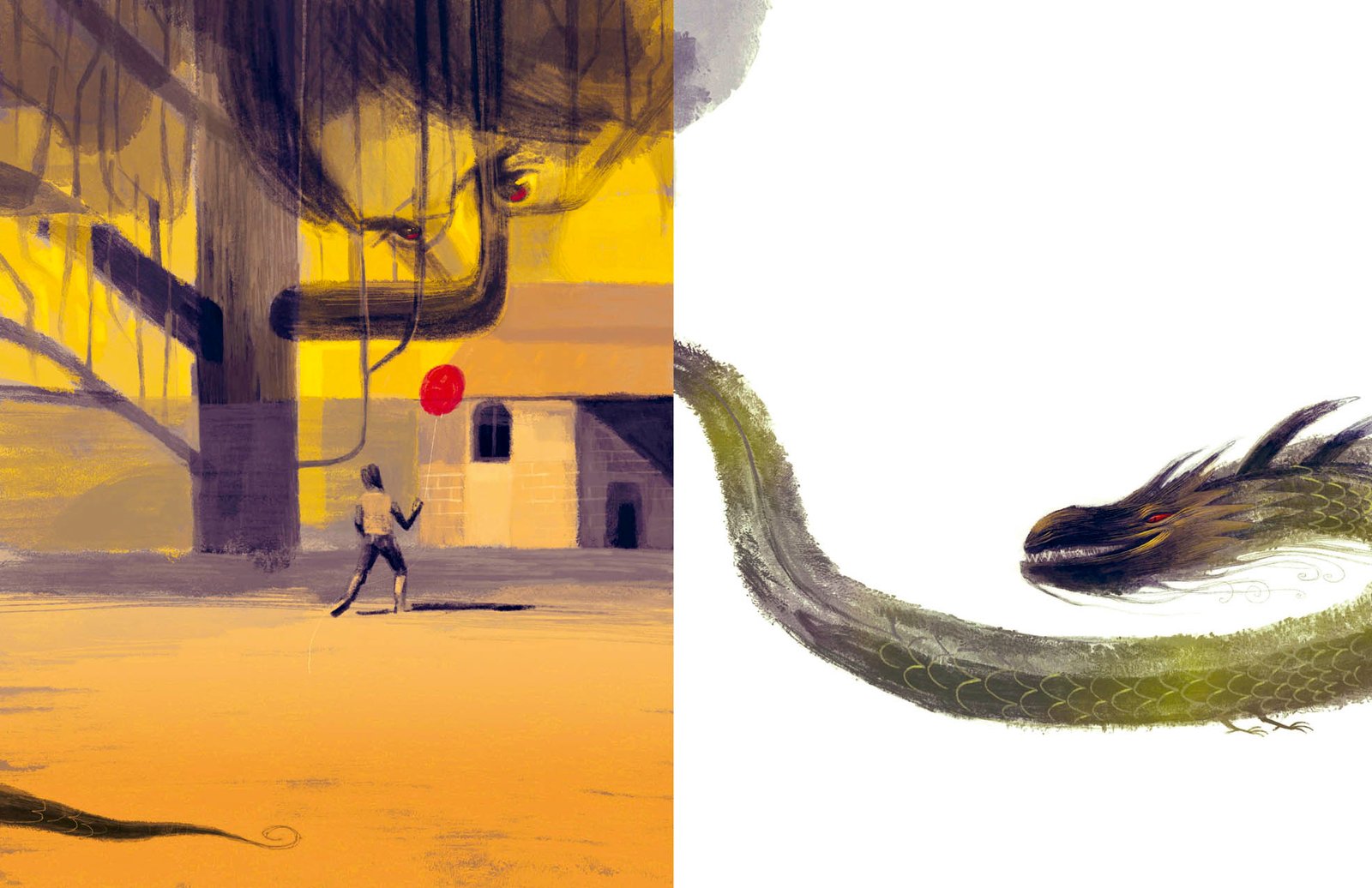
Arví Trails through the Clouds
By Julia Henríquez
Photos: Demian Matías Colman
Our tour begins at the Interpretation Center where a guide tells us about the park’s different sections. While we stretch our legs and arms in preparation for the three-hour walk, she names some of the private businesses that provide services inside the reserve.
We choose the Creek Trail and set off on our hike. By the time this area was declared an Ecological Reserve in 1963, several acres had already been privatized and many of the surrounding small farms had been passed on from generation to generation. It is not surprising, therefore, that our walk begins on “Main Street,” a two-lane road traveled by cars, buses, and trucks.

The 4,200 acres open to the public inside the 6,000-acre park are being used to recover the vast forestlands of Antioquia by creating biological controls and eliminating invasive plants. Everyone employed at Parque Arví works to protect nature. Our guide, who has a great smile and rosy cheeks, talks about the surrounding environment with a passion that lights up her eyes. As we climb the steep road, fighting for oxygen at this high altitude, she tells us how, little by little, the forest and the wildlife inside it have been recovered. She points out that the police station in front of us is self-sustaining: they even use the manure generated by their horses to make their own bio-fuel. All this, of course, has been accomplished by working closely with the community.
Higher up, and with even less air in our lungs, our smiling guide remains ready to answer all our questions. “These flowers are my gift to you,” she says, referring to the “oxeyes,” an invasive plant that slowly devours everything around it. “This is an example of what can happen when we transport a flower to another ecosystem without investigating the conditions it requires to survive.” We say goodbye to the harmless-looking orange-eyed flower basking in the sun, which has slowly wiped out a native plant used in the production of sisal that once provided employment to local farmers and artisans. Lesson learned.
The trail takes approximately three hours to hike. It is rated two on the scale of difficulty, since most of it is downhill. I walk along, focusing on the trail until suddenly, I look up to find that almost everything around me has changed. I’m not sure when it happened, but the 21st-century noises have been shut out by the mossy trees, pines, and greenery all around me. I’m not used to this kind of forest; I come from rain forests filled with gargantuan trees, where one ecosystem springs haphazardly out of another. The moss here is brighter and the bare tree trunks are crowned by just a little foliage at the top.

The park, which became a tourist attraction six years ago, hopes to transmit a message of conservation and help people learn about the importance of our environment. It is a collective project that includes six trails and twelve tours, environmental activities, workshops, and field trips, as well as other community events. El Tambo, at the park entrance, features a market with handicrafts and organic and natural products made by members of the local community, who prove that it’s possible for businesses to be environmentally sustainable.
The ground under my feet feels cushioned and resembles a riverbed, with mud, stones, and organic matter. This is nature at work. It has been preserved by hundreds of people who understand the importance of each of the small branches that crack under our feet as we walk along. In front of me, I spy moss as green as a salad. “Touch it,” says the guide, “it contains precious liquids.” Bright greens, dark greens, light greens… My brain tries to recall the exact moment when my entire reality shifted. My words are no longer drowned out, I can breathe normally again, and I feel light years away from the big city. “This moss over here, the lightest one, indicates the air is fresh.” And yes, pure air is what we’re breathing. The clouds traveling above us are having a ball, playfully covering and uncovering the landscape. But the soft temperature and pure air can’t be hidden and I keenly feel it, as do my fellow hikers.
“You can rest here for a few minutes,” says a voice that brings me back to this planet and stops my mind from wandering so the rest of my senses can take in the moment. I lie on Nature’s mattress, close my eyes, and breathe deeply. I never could stand smells like perfume, cleaners, or air fresheners and I’m useless when it comes to choosing a scent, yet right now my five senses are fully experiencing this scene and I let the forest take over. A forest where it’s possible to sit down, or even hug a tree.

We walk on through the greenery until we come to three pink bamboo stalks. This work by artist Maria Cecilia Botero is called While They Watch Us. It contrasts sharply with the green around it and invites us to see, really see, not only with our eyes but with our souls, the surrounding nature, which is the source of all life. It is one of several pieces located at strategic points throughout the city, intended to draw attention to how we interact with nature as it looks back at us.
From here we visit the picnic area, which offers another peaceful way for families to enjoy Arví: a river for swimming, shade for resting, and tables for eating and celebrating in the middle of the reserve. The group splits up here; some will continue hiking while others will take public transportation back to the park entrance and surrounding towns.
Our tour will soon be over and, because “what goes up must come down,” the road magically reappears and we start our ascent back. To recharge our batteries before we return to El Tambo, there are all kinds of “bandeja paisa” meals —from gigantic plates to individual servings— featuring ground beef, fried pork rind, trout, pork, or a vegetarian option if that’s what you prefer. After finishing this satisfying seven-ingredient dish, the trail leads us back to where we started. The group breaks up and, like ants, invades the little market.

It’s been an unforgettable day: immersing yourself in nature in the midst of a green hypnotic dream releases all the negative energy accumulated through stress and recharges your batteries. Now it’s time to ride the Metrocable over the green treetops we’ve just embraced and, as the ground falls away below, to greet once again the big city of painted ceilings and steep streets. The park awaits new visitors in search of a peaceful place with tables where you can have lunch by the river.



